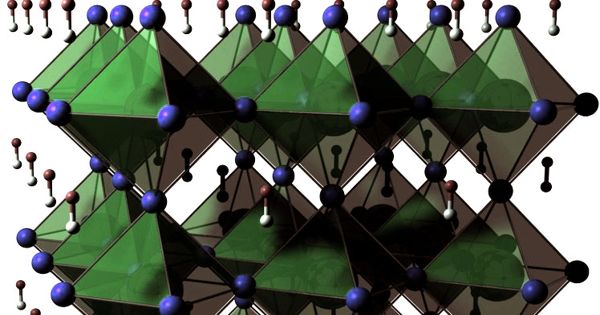Electronic shirts that keep the wearer comfortable, warm or cold, as well as medical fabrics that deliver medications, track the status of the wound, and perform other activities, can one day be developed more effectively by Oregon State University researchers. The breakthrough includes the printing of inkjets and materials with a crystal structure found about two centuries ago. The bottom line is the ability to add electronics, with accuracy and at low processing temperatures, directly to a cloth-a compelling possible solution to the long-standing tradeoff between performance and production costs.
Researchers at Oregon State University have announced a significant breakthrough in printing circuitry on wearable fabrics.
“Much effort has gone into integrating sensors, displays, power sources, and logic circuits into various fabrics for the creation of wearable, electronic textiles,” said Chih-Hung Chang, Professor of Chemical Engineering at Oregon University. “One hurdle is that the manufacturing of rigid fabric machinery, which has a surface that is both porous and non-uniform, is time-consuming and costly, needs a lot of heat and energy, and is difficult to scale. And putting the devices on something rigid first, and then putting the solid substrate on the fabric, is also problematic-it reduces the durability and wearability of the fabric and can also entail tedious improvements to the fabric manufacturing process itself.”
Chang and collaborators at the OSU College of Engineering and Rutgers University solved these problems by creating a stable, printable ink based on binary metal iodide salts that transform thermally into a thick mixture of cesium, tin, and iodine.
The resulting film of Cs2SnI6 has a crystal structure that makes it a perovskite.
Perovskites trace their origin to a long-standing observation by a German mineralogist. In 1839, in the Ural Mountains, Gustav Rose came up with an interesting arrangement of calcium and titanium oxide and named it in honor of the Russian nobleman Lev Perovski.
Perovskite is now referring to a variety of materials that share the crystal lattice of the original. Interest in them started to accelerate in 2009 after a Japanese physicist, Tsutomu Miyasaka, discovered that certain perovskites are efficient light absorbers. Materials with a perovskite composition dependent on metal and halogen, such as iodine, are semiconductors, basic components of most electrical circuits. Thanks to the perovskite video, Chang’s team was able to print negative-temperature-coefficient thermistors directly onto woven polyester at temperatures as low as 120 degrees Celsius-just 20 degrees above the boiling point of the water.
A thermistor is a type of electrical component known as a resistor that regulates the amount of current entering the circuit. Thermistors are resistors with temperature-dependent resistance, and this study included negative-temperature-coefficient, or NTC, thermistors-their resistance decreases as temperature rises.
“A change in resistance due to heat is generally not a good thing in a standard resistor, but the effect can be useful in many temperature detection circuits,” Chang said. “NTC thermistors can be used in virtually any type of equipment where temperature plays a role. Even small temperature changes can cause big changes in their resistance, which makes them ideal for accurate temperature measurement and control.”
The project, which included Shujie Li and Alex Kosek of the OSU College of Engineering and Mohammad Naim Jahangir and Rajiv Malhotra of Rutgers University, demonstrates the direct manufacturing of high-performance NTC thermistors on fabrics at half the temperature used by current state-of-the-art manufacturers, Chang said.
“In addition to requiring more energy, the higher temperatures create compatibility issues with many fabrics,” he said. “The simplicity of our link, the process’s scalability, and the thermistor performance are all promising for the future of wearable e-textiles.”















